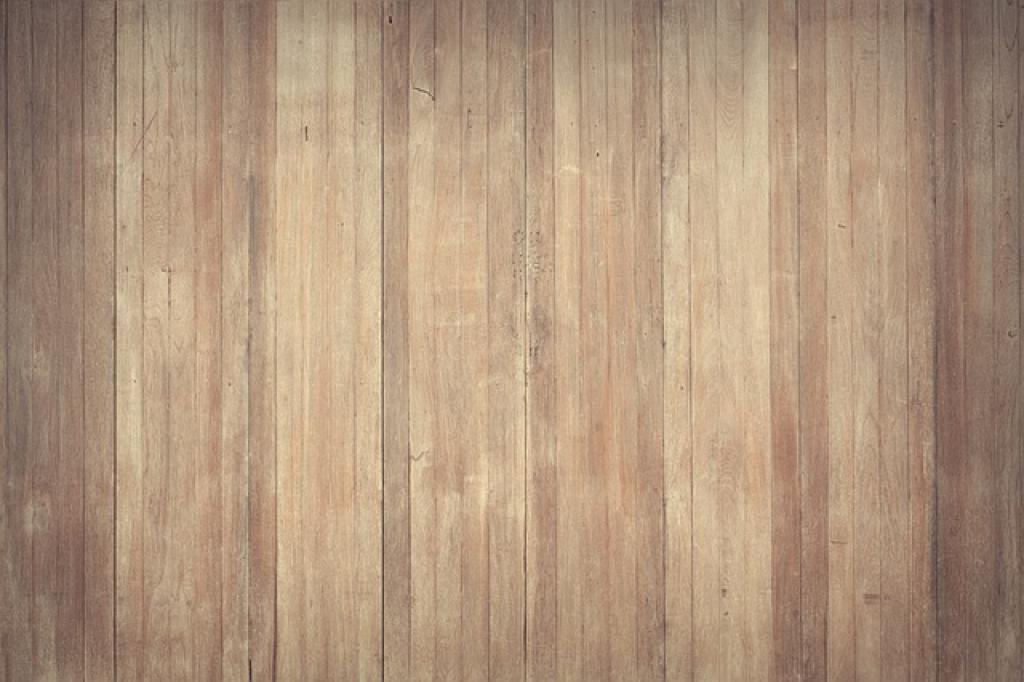Every piece of wood tells a story, but how we choose to finish it can transform that narrative entirely. From elevating a rustic barn door to exuding modern elegance with sleek textures, mastering wood finishing techniques can make a world of difference.
What’s the secret to selecting the right finish? Is it purely about looks, or does functionality play a role? Finishing wood isn’t just about aesthetics; it’s about protecting, preserving, and enhancing the grain’s natural beauty.
Join the journey as we delve into the array of finishing options. Uncover the magic behind varnish, the allure of oils, and the precise touch of stains. The world of wood finishing is vast, but with the right guidance, it’s less mysterious and more enchanting. Let’s explore, learn, and create stunning masterpieces together.
Choosing the Right Wood Finishing Products
Selecting the perfect wood finish can feel like navigating a labyrinth of options. With so many products on the market, each promising transformative results, it’s essential to know what will truly work for your specific project.
First, consider the environment. Is the piece for indoor enjoyment or exposed to the elements? This distinction is crucial, as outdoor items require finishes that can withstand sunlight and moisture, like marine varnish or sealers.
Think about the desired appearance. Do you want the wood’s natural grain to shine through, or are you aiming for a colorful, painted effect? Transparent finishes like oils and clear varnishes preserve the grain, while stains and paints allow for creative expression through color.
Ease of application can also sway your choice. If you’re new to wood finishing, user-friendly products like wipe-on poly or water-based finishes might be your allies, offering straightforward application with manageable drying times.
Lastly, don’t forget maintenance. Some finishes require regular upkeep to stay looking fresh, while others are more forgiving over time. Balancing beauty, durability, and effort will ensure you select the right finish to bring your woodworking vision to life.
Understanding Different Types of Wood Finishes
When it comes to wood finishes, variety is the spice of life. Each type offers unique qualities and effects, making it essential to understand their differences before diving into your next project.
Varnishes and Lacquers
Varnish and lacquer finishes are beloved for their glossy sheen and durability. Varnishes, usually oil-based, provide a robust protective layer that’s perfect for high-traffic areas. Lacquer, on the other hand, dries quickly and can offer a more delicate, glass-like appearance, making it ideal for furniture and cabinetry that require a flawless finish.
Oils and Waxes
For those who adore the natural beauty of wood, oils, and waxes are ideal. Oil finishes, like Danish or tung oil, penetrate deeply, enhancing the grain with a rich, warm glow. Waxes add a soft sheen and can be layered over other finishes for added protection and depth. Both are perfect if you want to maintain a more organic look and feel.
Shellac offers a unique option, blending both protective and aesthetic properties with a touch of vintage charm. It’s great for antique pieces, though it requires a bit more care.
From glossy to matte, each finish type has its place and purpose. Knowing which to use can significantly elevate your woodworking projects, ensuring beauty and longevity with every stroke.
Mastering the Art of Wood Staining
Wood staining is where creativity meets craftsmanship, allowing you to transform timber into a vibrant canvas. With the right stain, you can enhance the natural beauty of the wood grain, adding depth and character to any piece.
Begin by choosing the right stain color. Lighter stains can highlight the wood’s unique patterns, while darker hues add a touch of drama and elegance. Water-based stains offer ease of cleanup and less odor, making them a great choice for indoor projects. Oil-based stains, although more pungent, penetrate deeply, offering a richer color and better protection.
Preparation is key in wood staining. Sand your piece thoroughly to create a smooth, even surface. This ensures the stain absorbs uniformly, avoiding blotchy results. Applying a pre-stain conditioner, especially on softwoods, can further help achieve an even finish.
Application techniques also matter. Use brushes or cloths to apply the stain evenly, working along the grain. Wiping excess stain promptly can prevent unwanted dark spots, achieving a consistent look.
Finally, remember that patience pays off. Allow adequate drying time between coats and finish with a protective sealer to preserve the color. Mastering staining takes practice, but with time, you’ll learn to bring out the best in every piece of wood.

Techniques for Achieving a Smooth Finish
Creating a smooth finish on wood is like polishing a gem, bringing out its inherent beauty and elegance. Achieving that flawless feel involves precision and patience, but the results are undeniably rewarding.
Proper Sanding
Sanding is the foundation of a smooth finish. Start with a coarser grit to remove any imperfections, and gradually work your way up to finer grits for a polished surface. Always sand with the grain to prevent scratches that can mar the finish.
Sealing is equally crucial. Applying a sanding sealer or primer provides a perfect base, ensuring an even topcoat application. This step can reduce grain-raising, a common issue when applying finishes to raw wood.
Selecting the right brush or applicator can make or break your finish. Use natural bristle brushes for oil-based finishes and synthetic ones for water-based products to avoid brush marks. Foam brushes and rollers can also offer smooth, streak-free results.
Between coats, lightly sand with fine-grit sandpaper to eliminate any bubbles or dust particles. This step ensures the next layer adheres perfectly, contributing to that silky feel.
Finally, finish with a gentle buffing, using a soft cloth to add an inviting luster. With these techniques, your woodwork can achieve a pristine smoothness that invites touch.
Pro Tips for Protecting and Maintaining Your Wood Projects
Once you’ve crafted and finished your wood project to perfection, preserving its beauty and integrity becomes the next challenge. Proper care can extend the life of your work, keeping it stunning and functional for years.
Regular Cleaning and Dusting
Dust is more than an aesthetic issue; it can wear down your finish over time. Regular dusting with a soft, slightly damp cloth will help maintain the sheen without causing any scratches.
For a deeper clean, mild soap and water can be your go-to. Just be sure to dry the surface immediately to prevent any watermarks or swelling. Avoid harsh chemicals, as they can strip away your protective finish.
For projects in high-use areas, such as tabletops or floors, consider reapplying a protective wax or polish every few months. These additional layers of protection can guard against everyday wear and tear, keeping your surfaces looking their best.
Sunlight is a silent enemy to wood, causing fading and discoloration over time. When possible, keep wood pieces out of direct sunlight or use window treatments to shield them.
Lastly, control indoor humidity. Wood can expand and contract with varying humidity levels, leading to cracks or warping. A consistent, moderate climate is ideal to maintain your woodwork’s form and function.
By integrating these pro tips into your routine, your wood projects will not only endure but continue to enchant.
The Bottom Line: Enhancing Your Woodworking Projects with Professional Finishing Techniques
Mastering wood finishing techniques isn’t just about adding the final layer to your projects—it’s about creating a lasting impression that delights both the maker and the beholder. From selecting the perfect finish to applying it with confidence, each step elevates your craftsmanship to new heights.
By diving into the nuances of different finishes, you can embrace the vast possibilities of woodwork transformation. Whether you lean towards the classic beauty of a varnish or prefer the rich glow of oil, picking the right product is essential for achieving your desired effect.
Once you’ve honed your skills in staining, you’ll find that the storytelling potential in your projects multiplies. A well-executed stain can highlight the natural charm of the wood, adding layers of depth and interest that captivate the eye.
What’s more, ensuring a consistently smooth finish not only enhances the tactile experience but also showcases meticulous attention to detail. It’s these small improvements that often separate good pieces from truly remarkable ones.
Finally, remember that proper maintenance preserves the integrity and beauty of your work over time. With regular care, your projects can endure life’s wear while continuing to shine with elegance and grace.
In essence, professional finishing techniques are the key to unlocking your projects’ full potential, transforming them into masterpieces that stand the test of time. As you continue to experiment and perfect your finishes, your portfolio will undoubtedly grow, showcasing the incredible power of not just creating but finishing woodwork with expertise and artistry.
- Key Point 1
- Key Point 2
- Key Point 3



